The top things to do in Lazio
Our beloved city, Rome, often overwhelms the cultural, oenogastronomic, natural, and religious resources of our region, Lazio, and that should stop. It is a region begging for exploration and offers a local alternative for almost any Italian holiday imaginable. Lazio is made up of five provinces: Roma, Latina, Viterbo, Rieti, and Frosinone, and over these provinces, there is a plethora of monuments, archeological sights, regional parks, wine, food, and religious sites that merit a visit. The most dominant attribute to Lazio’s landscape is the three dormant volcanoes to the north and south of Rome, the source of the majority of Lazio’s agricultural, natural, and cultural heritage. Rome’s own Sam Pietrini basalt cobblestones were sourced from the Castelli Romani.
Cultural Heritage
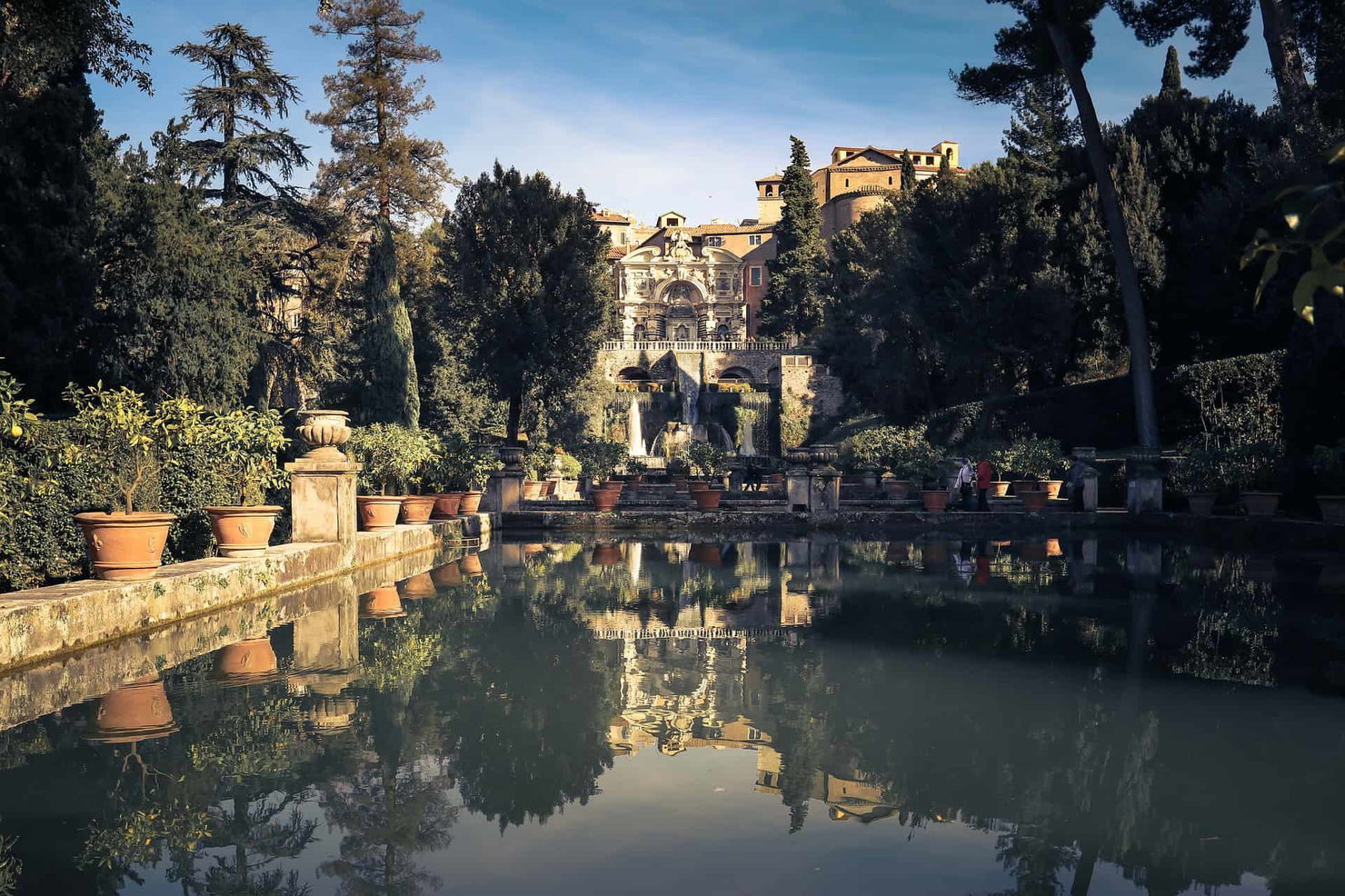
Before Rome existed, Lazio was home to the Etruscans, Latins, and the Sabines. It became the epicenter of the Roman world and, ultimately, the heart of Catholicism. Beyond Rome, there are six UNESCO World Heritage sites, including the ‘dead city’ Civita di Bagnoregio, the Etruscan necropolises at Tarquinia, and Cerveteri, the breathtaking Villa d’Este in Tivoli, and Hadrian’s Villa in Tivoli. All worth a day trip from Rome.
Food and Wine

The flavors of Lazio are diverse and range from heavy peasant dishes in the mountains to seafood by the coast. Sheep milk products, olive oil, pasta, and artichokes are staples throughout. Although Lazio’s wine has not always enjoyed the best reputation, producers throughout Lazio focus on sustainable agricultural and high-quality wines rather than high quantity. Producers such as Merumalia in Frascati focus on organic vineyards and pay homage to tradition. They offer lovely wine tours and tastings as well as lunch at their gorgeous estate.
Nature
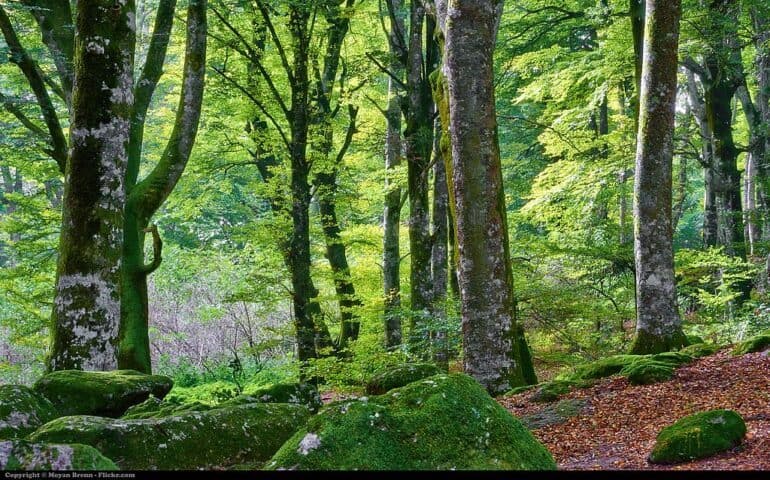
Lazio is a beautiful destination for nature lovers and people who just need an escape from the city’s chaos for a day. There are Regional Parks with hiking trails. The Monti Aurunci Regional Park has 22 km of biking trails of different difficulty levels. Serious treehuggers can spend a day exploring the ancient beech forest in Cimini, a UNESCO, and therefore protected, World Heritage site. There are trees as tall as 50 mt. The park is an invaluable part of the ecological heritage of Italy and Europe.
Lazio also boasts several volcanic crater lakes. The towns of the Castelli Romani are scattered along the rim of an ancient dormant volcano with two crater lakes; Lago di Albano, and Lago di Nemi which are about 25 to 30 km from Rome. Lago Albano is more accessible with manicured beaches, bars, and restaurants, while Lago di Nemi is wilder without commercial development. To the north, there are several lakes. Lago di Bracciano is the most popular for Romans during the summer months. Nearby and slightly more remote, a more peaceful option is Lago di Martignano, where you can rent a sailboat at Casale di Martignano.
Do you want to have a truly unique experience immersed in nature?
Book our kayak tour on Albano Lake.
Further from Rome is the Lago di Bolsena. It is the largest volcanic crater lake in Europe and is considered the cleanest and most pristine. The soils around the lake are quite unique for wine production. Enjoy a lakeside lunch at La Rimessa dei Pescatori and enjoy a local wine from Il Vinco or Andrea Occhipinti.
Beaches
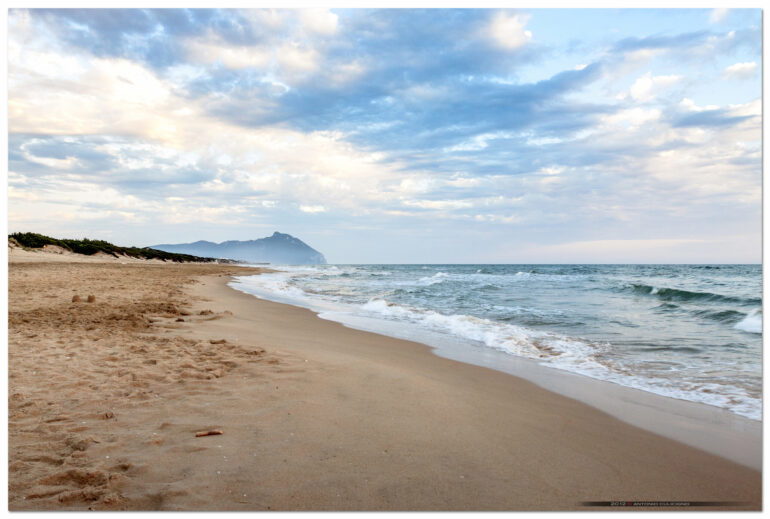
Lazio boasts more than 300 km of coastline, and while the nearest beaches to Rome may not evoke the most romantic Mediterranean seaside fantasies, if you are willing to travel about an hour by train, there are gorgeous beaches with clean, crystalline, turquoise water. Sperlonga is a wonderful option and is well worth the train ride for its pristine sandy beaches, beautiful clear water, and the ancient Roman sea grotto of Tiberius. It was awarded the coveted Bandiera Blu for its clean waters and commitment to maintaining eco-friendly services. Sabaudia and Circeo are also popular beach options.
Islands
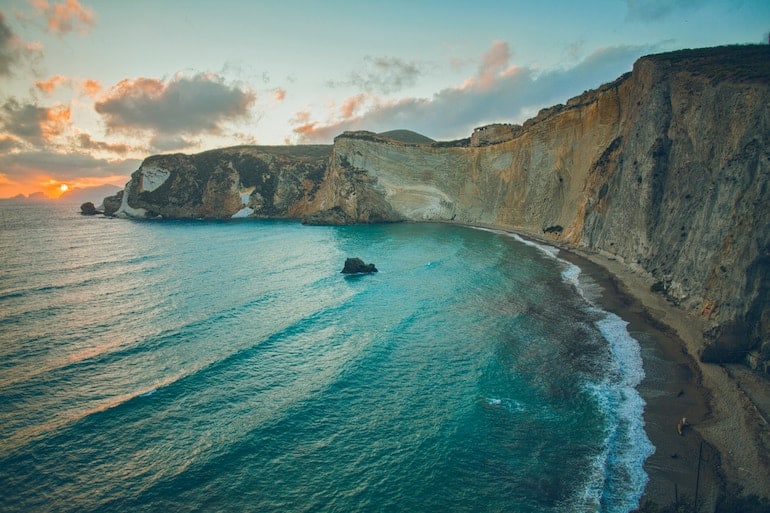
One of the most incredible experiences to have as a traveler is island hopping in the Mediterranean. Who doesn’t dream of turquoise waters, secret coves, and the joy of freshly caught seafood? Once again, Lazio does not fail. The archipelago of the Pontine Islands is reached by Rome by train and ferry. The largest and most popular island of the Pontine Islands is Ponza, and it is an excellent option for a Mediterranean Island holiday. A highlight is renting a motorboat and exploring the island’s beaches and coves. Palmarola is the real gem of the Pontine Islands and is about 7km from Ponza and reachable by boat. There are loads of caves, coves, rocks, and crannies to explore around Palmarola. It is excellent for snorkeling and looking for octopus, different fish, and sea urchins. The best side to stay on Ponza is the side facing Palmarola to enjoy the sunsets of various hues of orange, pink, and purple and to have access to the natural pools in the bay of Cala Feola, which were formed by erosion and wind.
Skiing
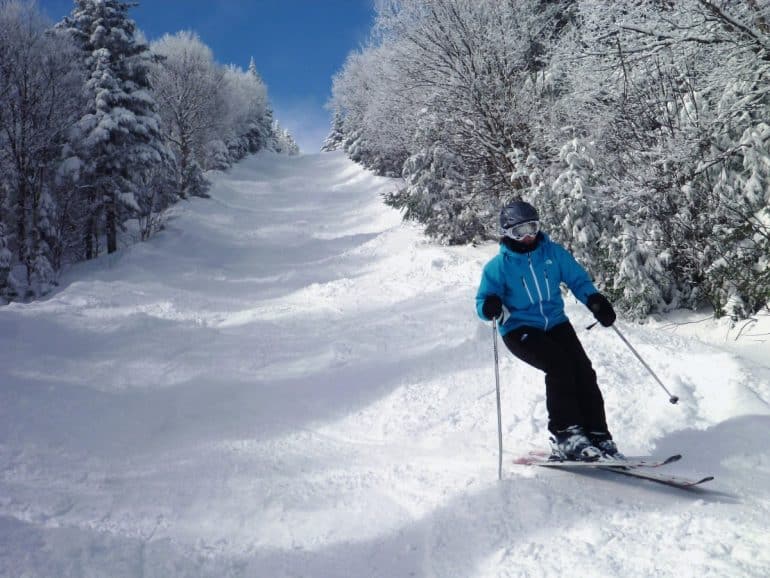
For those snow bunnies, there are plenty of options for skiing near Rome. Monte Livata is just 45 km away from Rome. It is a small resort, but if you cannot make it to the Dolomites, it is an excellent option for a day trip.
Religious Pilgrimage
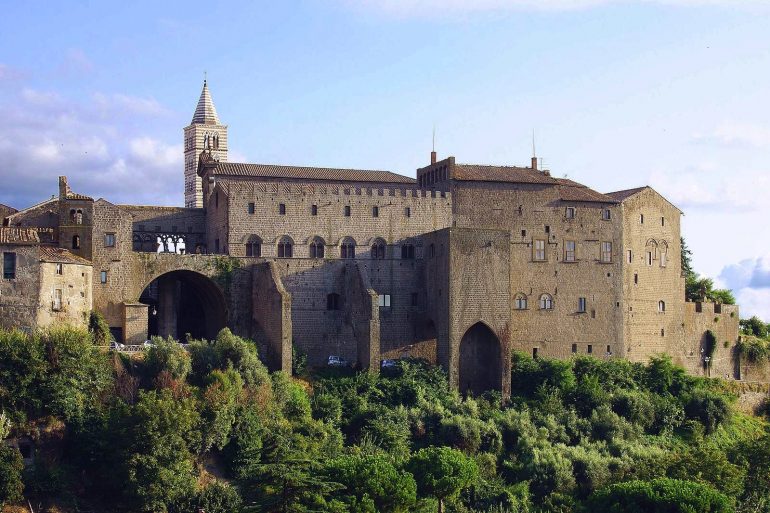
With the heart of Catholicism in Rome, it is no secret that Lazio abounds with critical sacred sites. The oldest Benedictine Monastery is located in Subiaco, which is just outside Olevano Romano, a town famous for Cesanese red wine. Abbazia di Santa Scholastica is still an active congregation founded in the sixth century at the grotto where Benedict made his first hermitage. It is one of the most beautiful examples of medieval and monastic architecture in Italy.
For those who prefer a walking pilgrimage, there is no need to fly to Spain to walk the El Camino. The region of Lazio invested in the Laziale section of the Via Francigena, the road that connected France to Rome and Jerusalem to Rome via Brindisi. It was the most traversed road in the medieval western world. There is an eight-day walking itinerary that starts in Tuscany that takes trekkers to important religious sites in Lazio with an average of 20 km per day. This includes Viterbo, which was home to the popes between 1257-1281, and the old town and San Pellegrino district are considered to be very well preserved medieval architecture.
The medieval town of Anagni, once served as the residency of four Popes, also worth a visit.
As we can see, Lazio has more than enough to offer from Rome. Whether it is for day trips or multiple day holidays. Our region is well worth taking to time to explore.


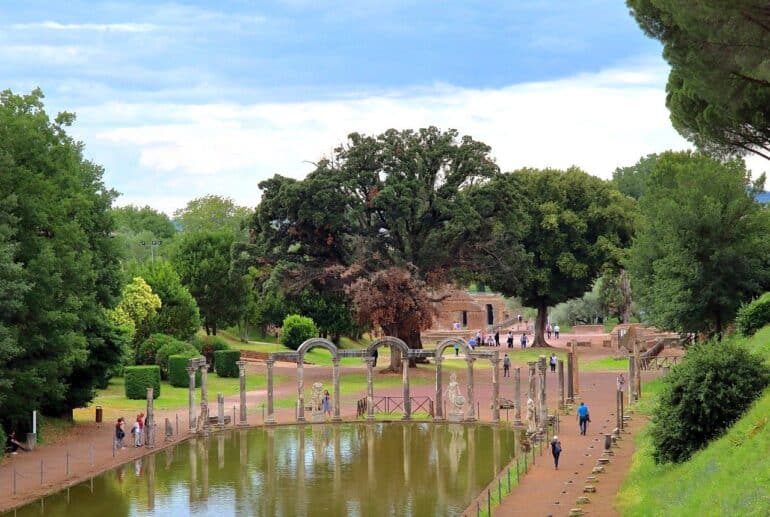


Wow!!! So informative…I didn’t know you could ski there too!!! Well written Sarah May Grunwald!!!